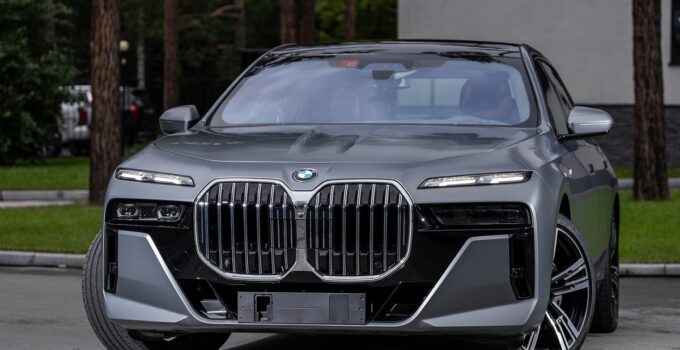Luxury cars are often associated with superior safety, but the reality can be quite different. What factors contribute to the surprising vulnerabilities in these high-end vehicles?
1. High-Speed Capabilities

Image Credit:Shutterstock / speedphotos
Luxury cars are designed for high performance, which often means they can reach dangerously high speeds. The National Highway Traffic Safety Administration (NHTSA) reports that speed is a factor in 27% of all fatal crashes, and high-performance cars can exacerbate this risk. This capability increases the risk of severe accidents, especially in the hands of inexperienced drivers.
2. Advanced but Complex Technology

Image Credit: Shutterstock / metamorworks
Luxury cars come equipped with the latest technology, but this can be a double-edged sword. A 2022 study by J.D. Power found that advanced driver assistance systems (ADAS) in luxury cars had a higher incidence of malfunctions compared to non-luxury cars. Complex systems may fail or be misused, leading to accidents that simpler, more intuitive cars might avoid.
3. Cost of Repairs

Image Credit: Shutterstock / Rawpixel.com
High repair costs for luxury cars can lead some owners to delay necessary maintenance. According to AAA, the average annual repair cost for luxury cars is about $1,000 more than for non-luxury vehicles. This can result in safety features not functioning properly, increasing the risk of accidents.
4. Weight and Size

Image Credit: Shutterstock / yousang
Luxury cars tend to be larger and heavier, which can negatively impact maneuverability and stopping distances. A study by the Insurance Institute for Highway Safety (IIHS) found that heavier vehicles have longer braking distances, which can be dangerous in emergency situations. In tight situations, this can be a significant safety disadvantage.
5. Distracted Driving Risk
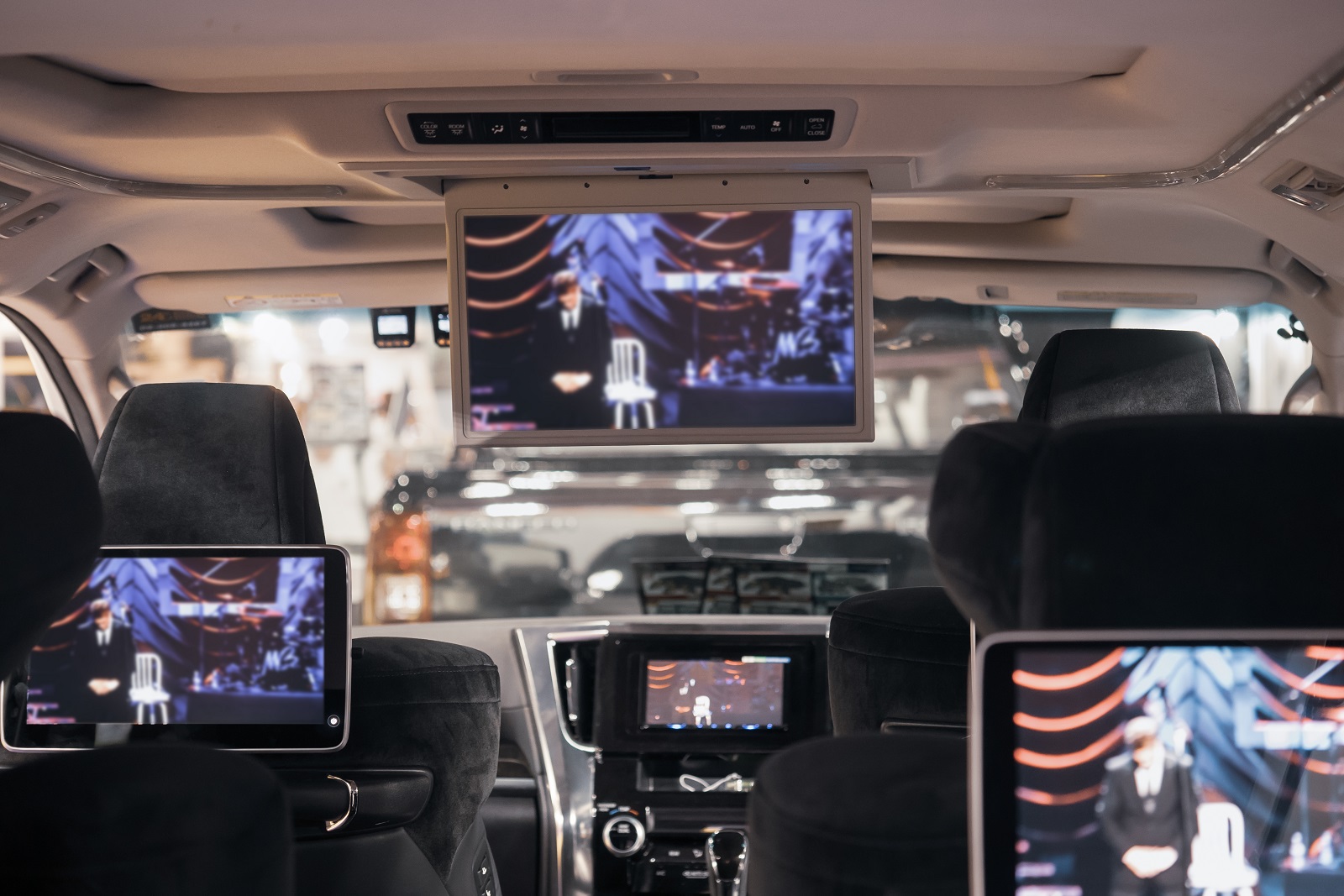
Image Credit: Shutterstock / socrates471
The abundance of in-car entertainment and features in luxury vehicles can distract drivers. According to a 2021 study by the University of Utah, drivers using in-car touchscreens had slower reaction times compared to those using traditional controls. Touchscreen controls and other high-tech gadgets can take attention away from the road.
6. False Sense of Security
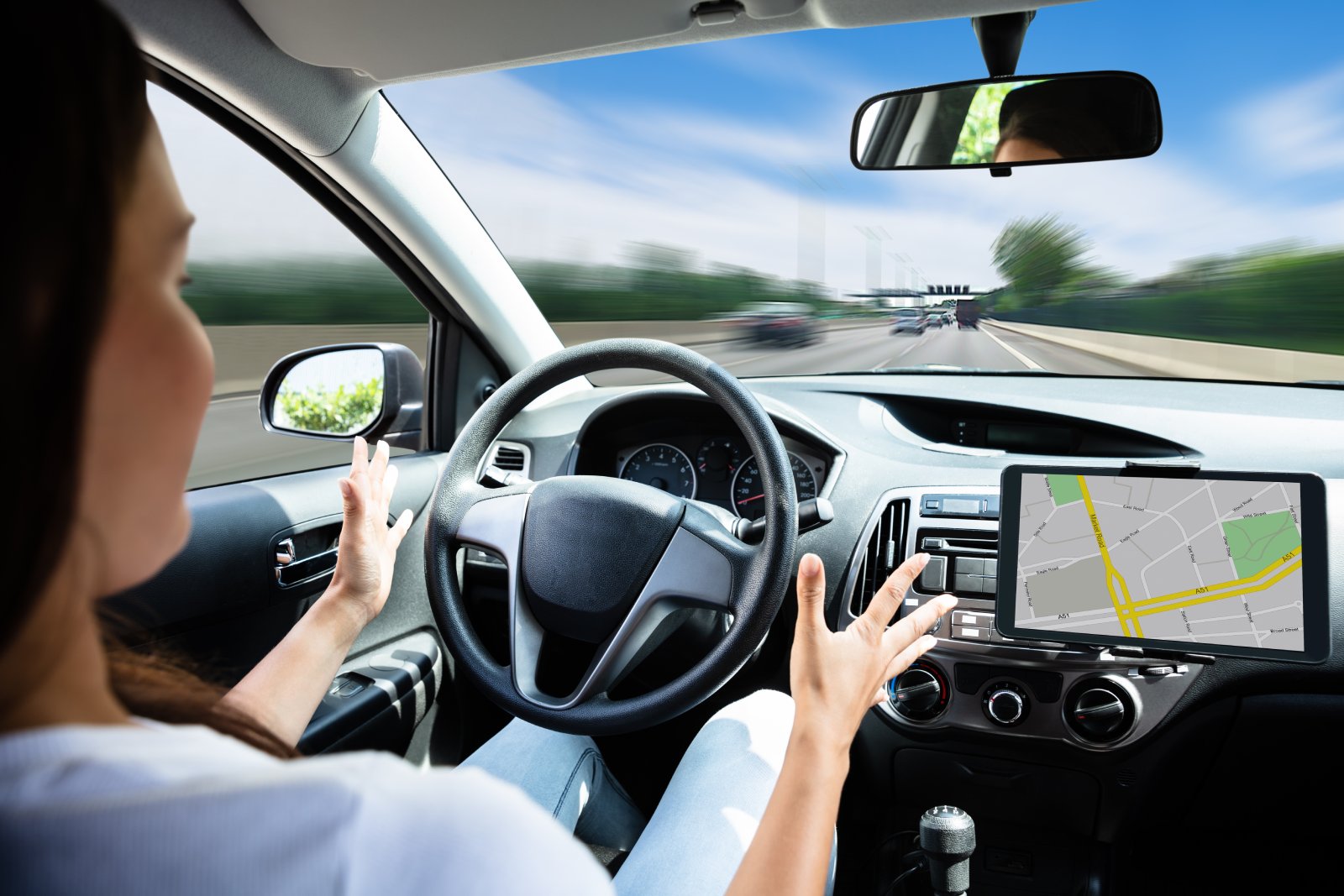
Image Credit: Shutterstock / Andrey_Popov
Owners of luxury cars might develop a false sense of security due to the vehicle’s reputation and features. This can lead to overconfidence and riskier driving behavior. The IIHS reports that drivers of cars with advanced safety features may engage in more distracted driving, assuming the car will compensate for their inattention.
7. Expensive Tires

Image Credit: Shutterstock /
Nestor Rizhniak
Luxury cars often require specialized, expensive tires that may not be replaced as often as needed. The Rubber Manufacturers Association states that tires should be replaced every six years, but the high cost of luxury tires can lead to extended use beyond their safe lifespan. Worn or inappropriate tires can severely compromise safety, especially in adverse conditions.
8. Limited Crash Test Data
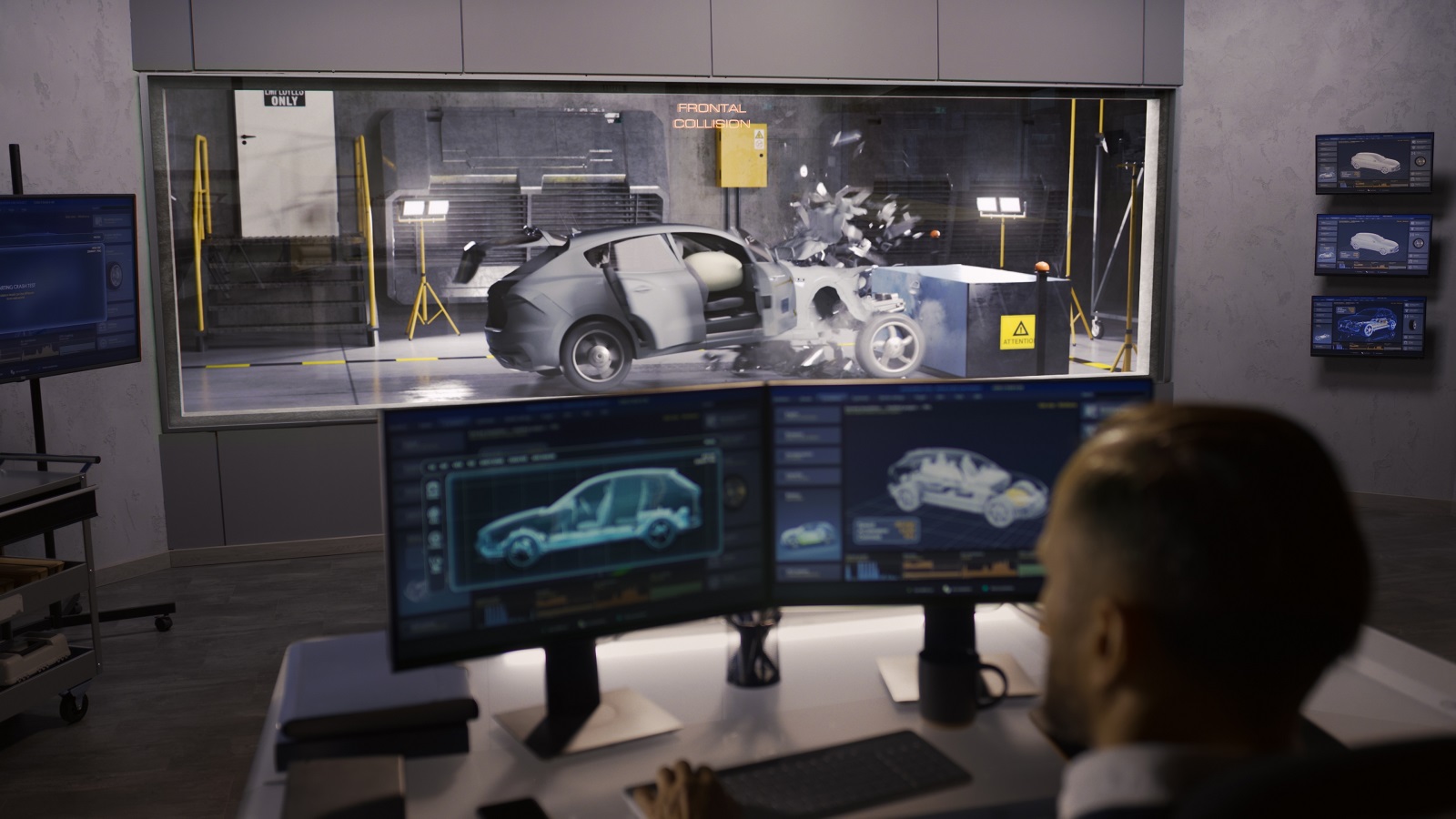
Image Credit: Shutterstock / Frame Stock Footage
Luxury cars are produced in smaller quantities, which can lead to limited crash test data. The IIHS and NHTSA often test fewer luxury models, leaving gaps in the safety information available to consumers. This means there might be less information available on how these cars perform in real-world crashes.
9. Target for Theft
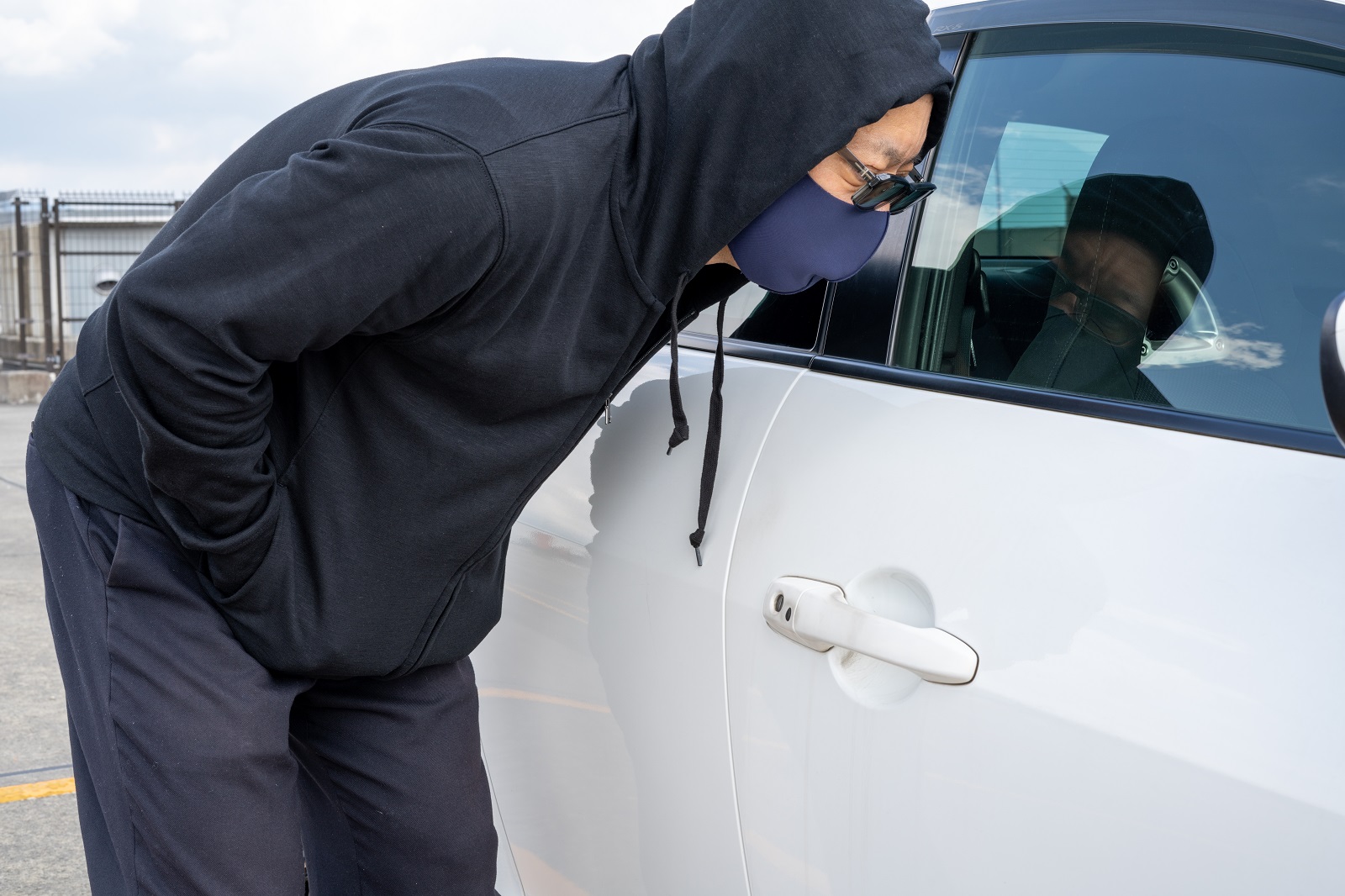
Image Credit: Shutterstock / Haru photography
Luxury cars are more likely to be targeted for theft, which can lead to dangerous situations for the owner. According to the National Insurance Crime Bureau, luxury vehicles are stolen more frequently than standard cars. Carjackings and thefts can escalate quickly, putting lives at risk.
10. Maintenance Intensity

Image Credit: Shutterstock / Chadchai Krisadapong
Luxury cars require more frequent and intensive maintenance to keep their advanced systems running smoothly. Missed services or skipped checks can result in safety systems failing when needed most. A 2022 Consumer Reports survey found that luxury car owners reported more frequent maintenance issues than owners of non-luxury cars.
11. Complex Safety Features
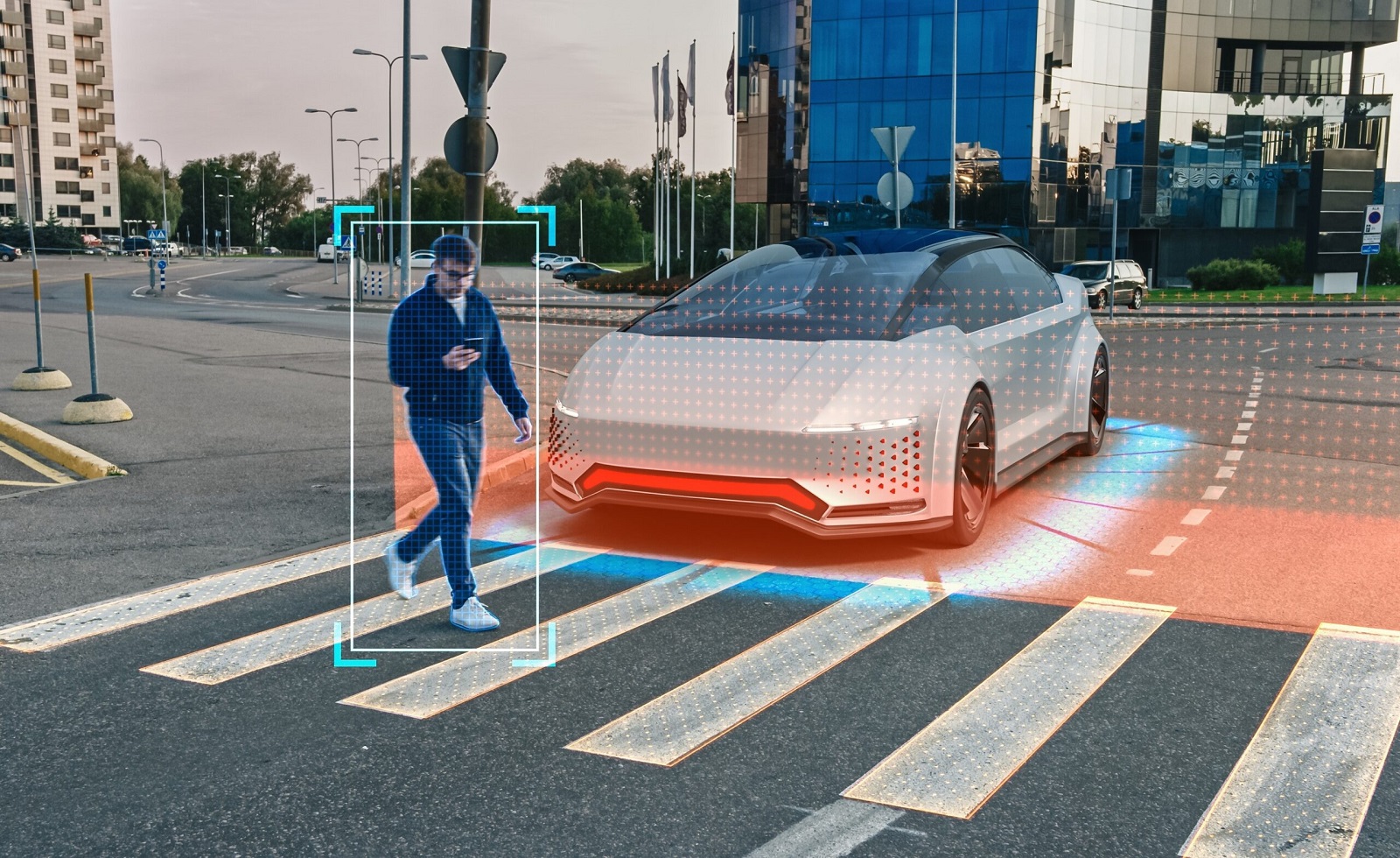
Image Credit: Shutterstock / Gorodenkoff
While luxury cars boast advanced safety features, their complexity can be a downside. Systems like adaptive cruise control and lane-keeping assist can be confusing or malfunction, leading to accidents. The American Automobile Association (AAA) has highlighted the potential for driver confusion with semi-autonomous systems, which can cause accidents if the driver is not fully engaged.
12. Insurance Costs

Image Credit: Shutterstock / Prostock-studio
High insurance premiums can discourage some owners from fully insuring their vehicles. The Insurance Information Institute (III) reports that luxury car insurance premiums can be up to 50% higher than for standard cars. This can lead to less financial incentive to repair and maintain the car properly.
13. Environmental Sensitivity

Image Credit: Shutterstock / Song_about_summer
Luxury cars, often designed for performance, may not handle adverse weather conditions well. Low-profile tires and sensitive electronics can fail in rain, snow, or extreme heat. The National Weather Service has noted that adverse weather conditions contribute to 21% of all vehicle crashes, highlighting the importance of weather-resistant features.
14. Resale Value Prioritization

Image Credit: Shutterstock / Crime Art
Owners might prioritize the car’s resale value over safety, delaying repairs or opting out of safety upgrades. This can compromise the car’s overall safety over time. According to Kelley Blue Book, luxury car owners are more likely to delay expensive repairs to preserve resale value.
15. Driver Demographics
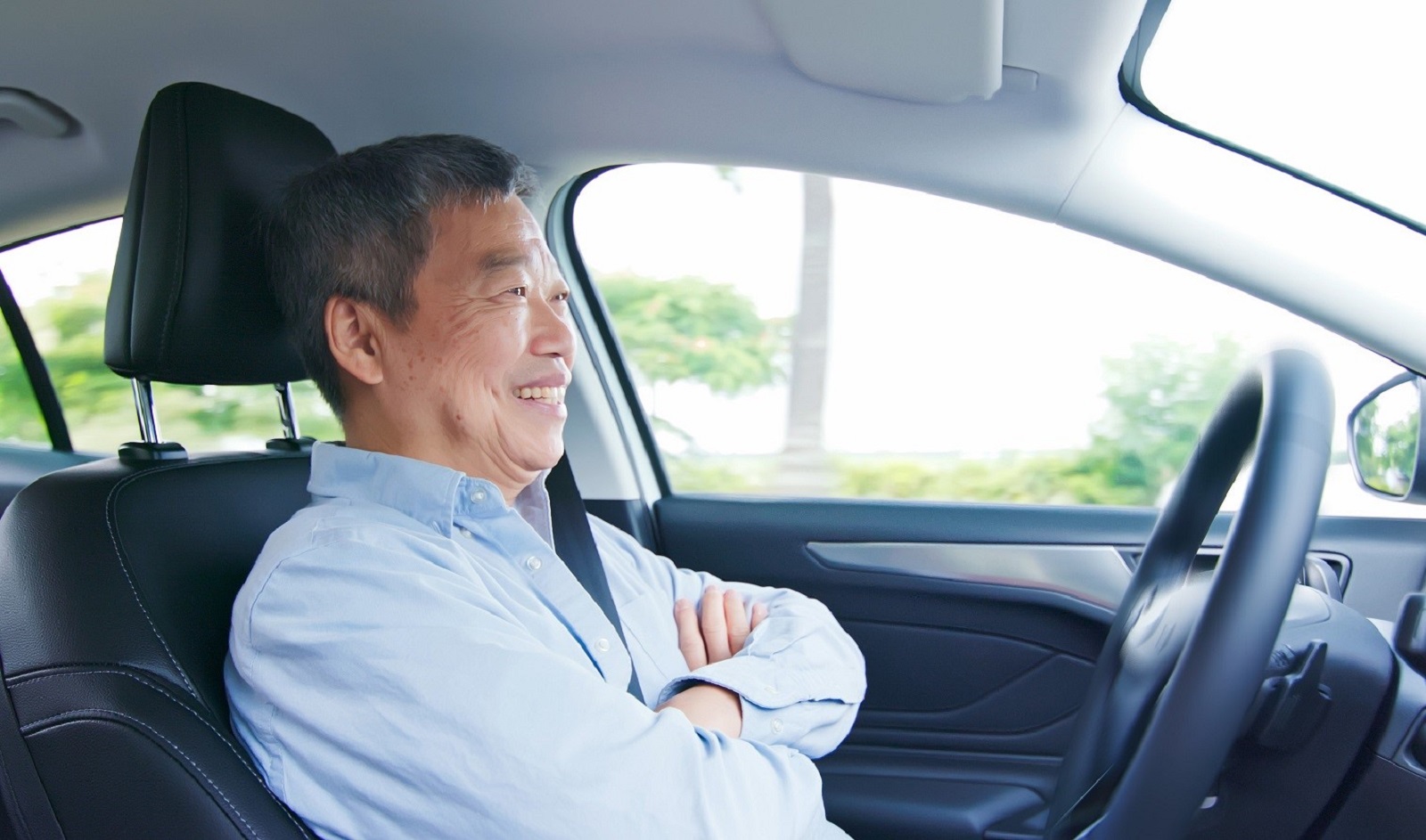
Image Credit: Shutterstock / aslysun
Luxury car owners are often older, and age can affect driving ability. Slower reaction times and other age-related factors can impact safety on the road. The AAA Foundation for Traffic Safety reports that drivers over 65 are more likely to be involved in accidents, which can be exacerbated by high-performance vehicles.
16. Driving Behavior

Image Credit: Shutterstock / pathdoc
Luxury car owners might engage in riskier driving behaviors, such as speeding or aggressive driving. The performance capabilities of these cars can encourage such behaviors. A study by the University of California, Berkeley found that drivers of high-performance cars were more likely to exhibit aggressive driving behaviors.
17. Repair Expertise
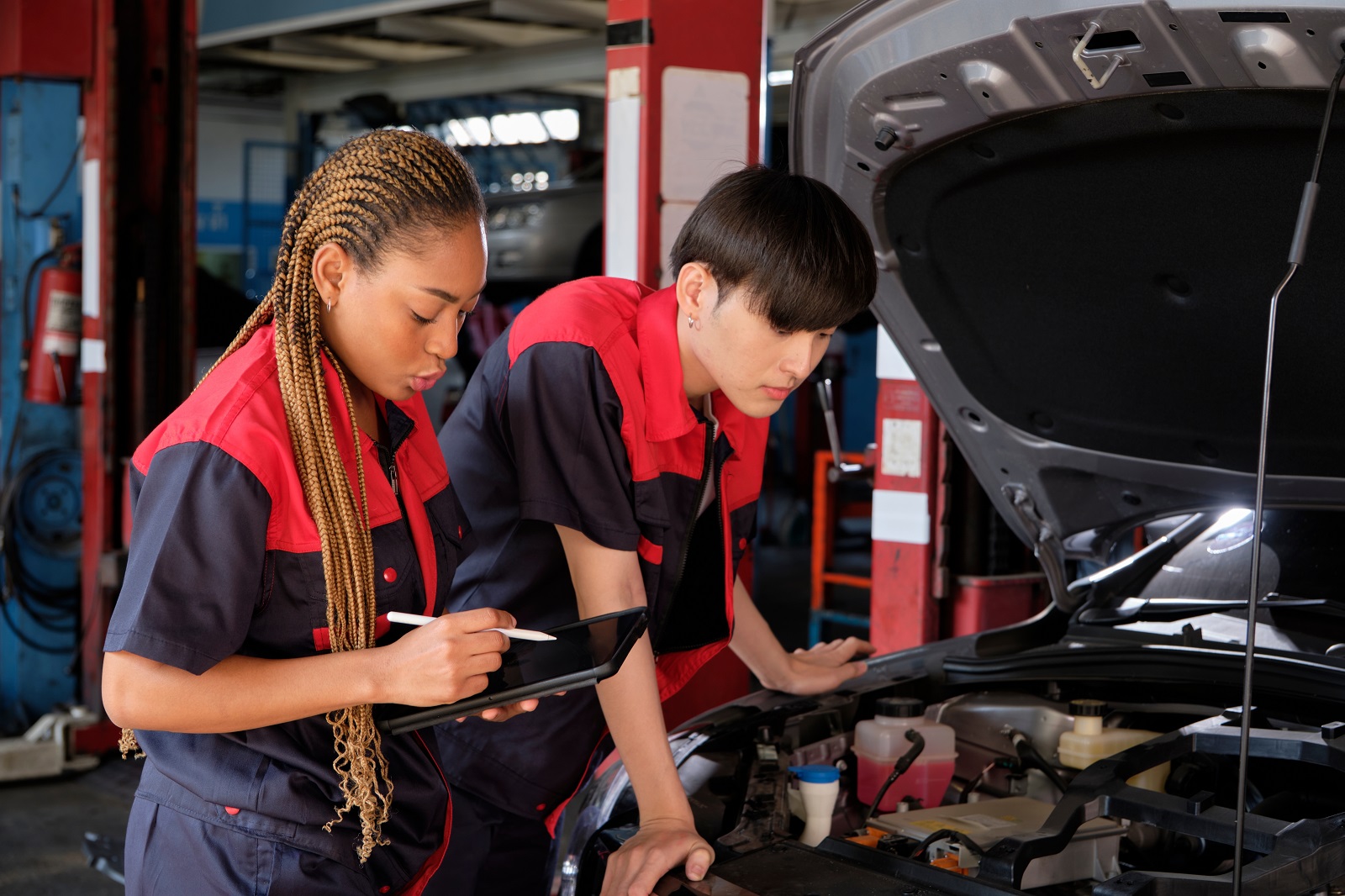
Image Credit: Shutterstock / tigercat_lpg
Finding qualified mechanics to properly repair and maintain luxury cars can be challenging. Incorrect repairs can lead to malfunctioning safety systems and increased risk of accidents. The National Institute for Automotive Service Excellence (ASE) highlights the need for specialized training for luxury car repairs, which is not always available.
18. Limited Aftermarket Safety Upgrades

Image Credit: Shutterstock / Kobby Dagan
Aftermarket safety upgrades are less common for luxury cars compared to more mainstream models. This can limit owners’ ability to enhance their vehicle’s safety features. The Specialty Equipment Market Association (SEMA) notes that aftermarket parts for luxury cars are often more expensive and harder to find.
What is Your Priority?
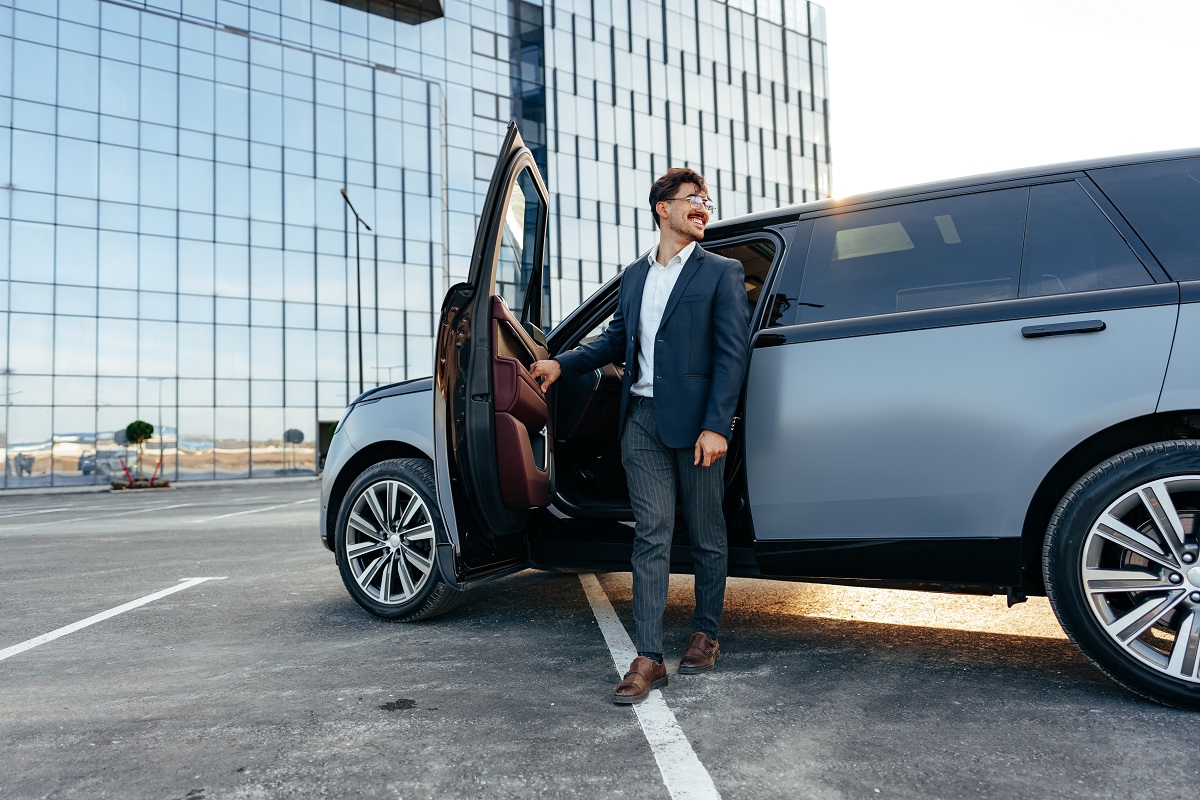
Featured Image Credit: Shutterstock / FabrikaSimf
Luxury cars, while often equipped with advanced safety features, are not immune to risks. Understanding these vulnerabilities can help owners make more informed decisions about their vehicle’s safety.
2024’s Most Anticipated Car Releases: What’s Coming Soon

Image Credit: Shutterstock / canadianPhotographer56
If you love cars, 2024 is shaping up to be an exciting year. New models are rolling out with more power, better tech, and some fresh designs that could change the game. Here’s the scoop on the top cars hitting the streets soon. 2024’s Most Anticipated Car Releases: What’s Coming Soon
21 Mods That Make Your Car Illegal
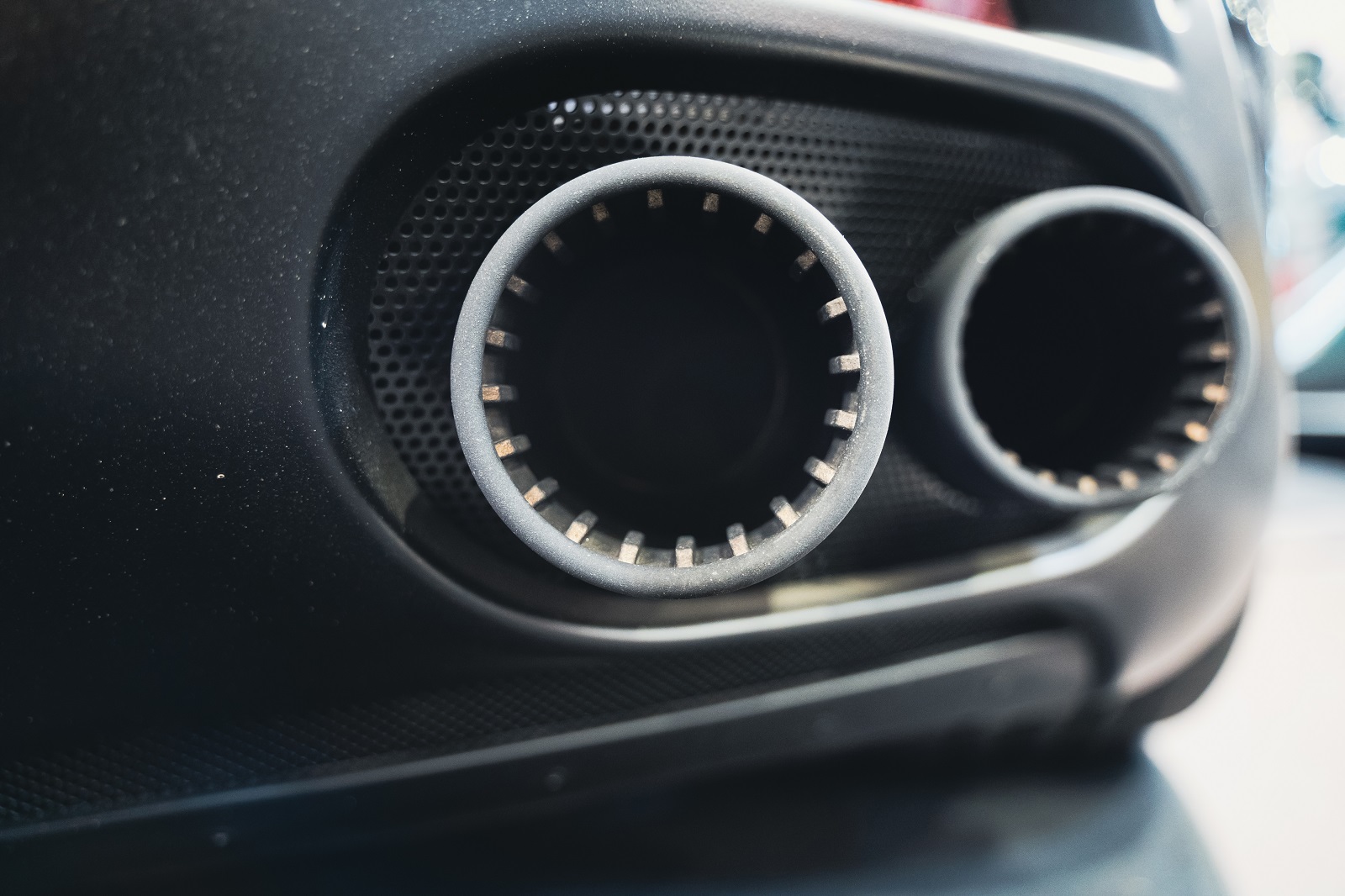
Image Credit: Shutterstock / macondo
Car modifications can enhance style and performance, but not all modifications are legal. Here are 21 illegal car modifications that can get you in trouble with the law across various states. 21 Mods That Make Your Car Illegal
10 American Classic Cars That Define a Generation
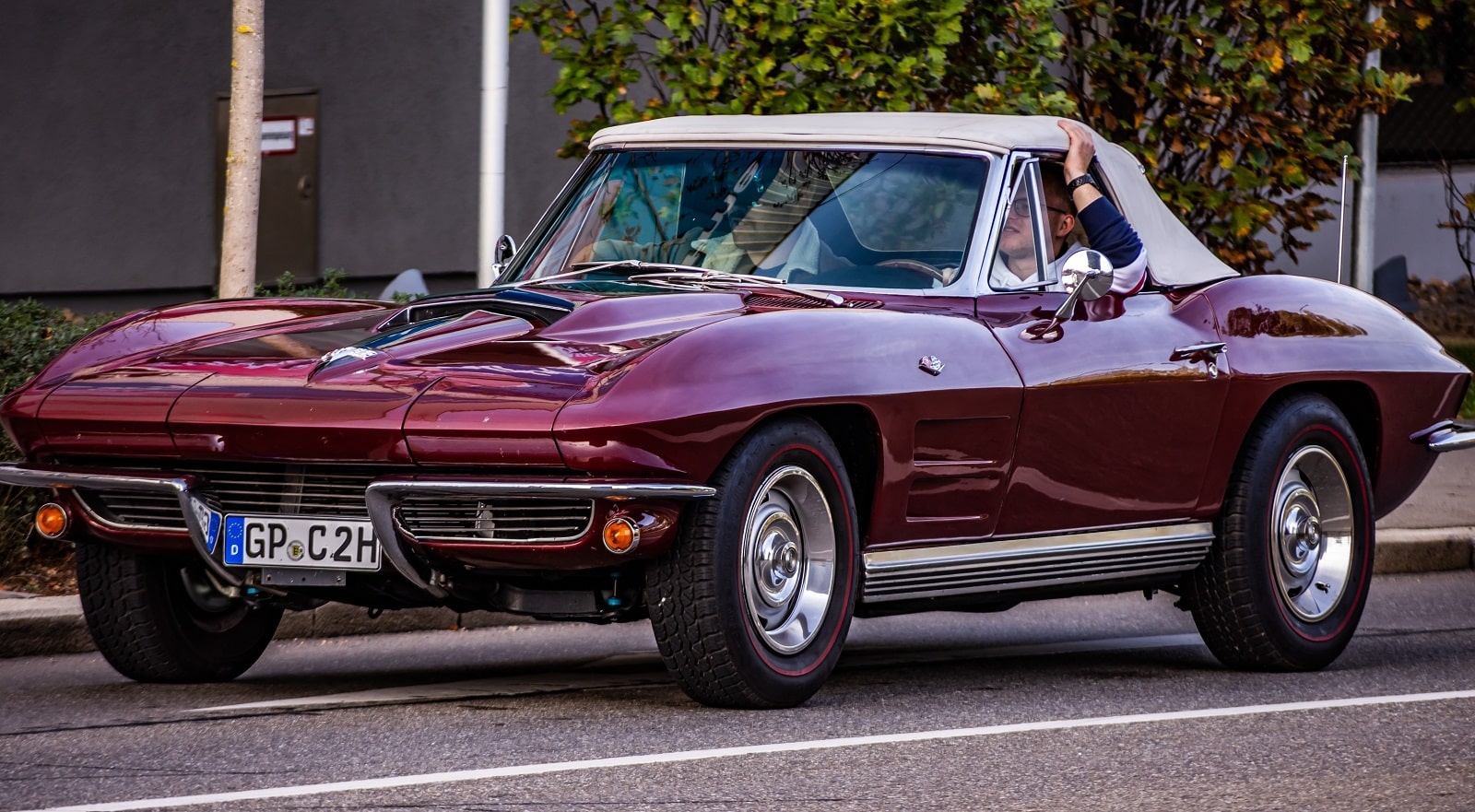
Image Credit: Shutterstock / Krisz12Photo
American classic cars are symbols of their eras, each telling a story of its time and capturing the essence of car culture. Here are ten classics that defined generations. 10 American Classic Cars That Define a Generation
Featured Image Credit: Shutterstock / Everyonephoto Studio.
For transparency, this content was partly developed with AI assistance and carefully curated by an experienced editor to be informative and ensure accuracy.
